
By Gavin Van De Walle, MS, RD
Whether you enjoy running recreationally, competitively, or as part of your overall wellness goals, it’s a great way to improve your heart health.
Though much attention is centered around what to eat before running, what you eat afterward is equally important.
Depending on your goals — such as weight loss, muscle gain, or completing a long-distance run — different foods can offer different benefits.
Here are the 15 best foods to eat after your run.
1–5. For Weight Loss
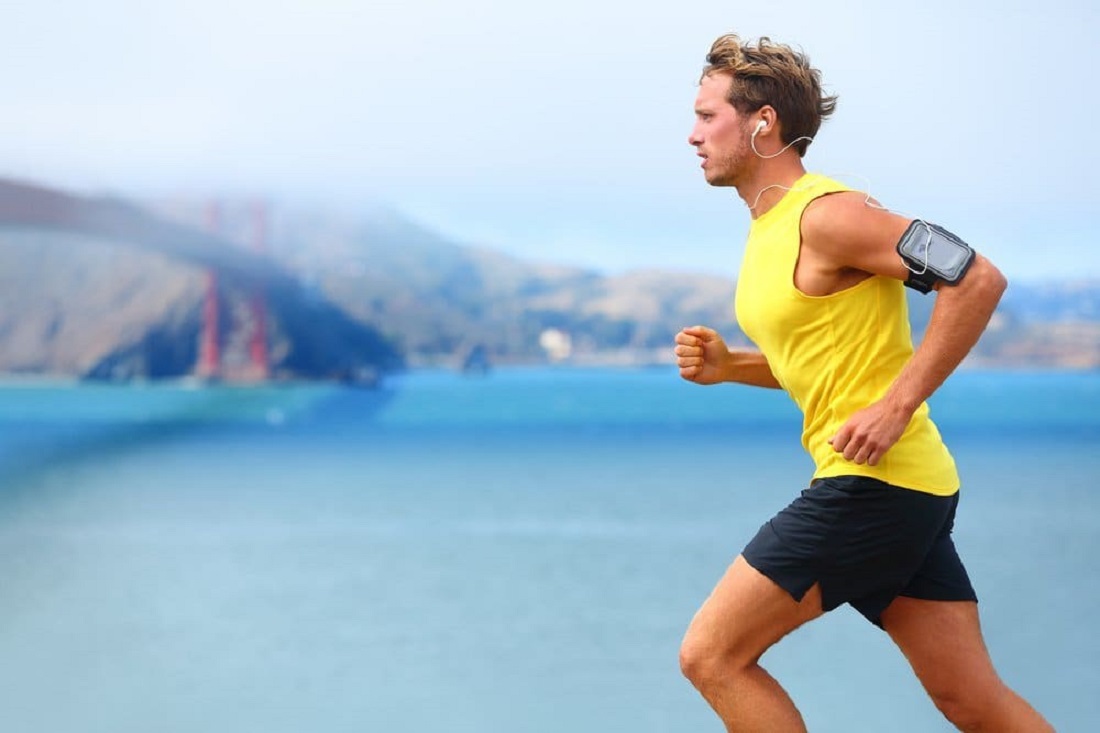
Exercise is an important component of any weight loss regimen, and it’s particularly important for maintaining weight loss in the long term (1Trusted Source).
Running is an exercise favored by many people looking to lose weight, as it can be done nearly anywhere and without the use of expensive equipment.
Here are 5 of the best foods to eat after running when your goal is weight loss.
1. Beet salad
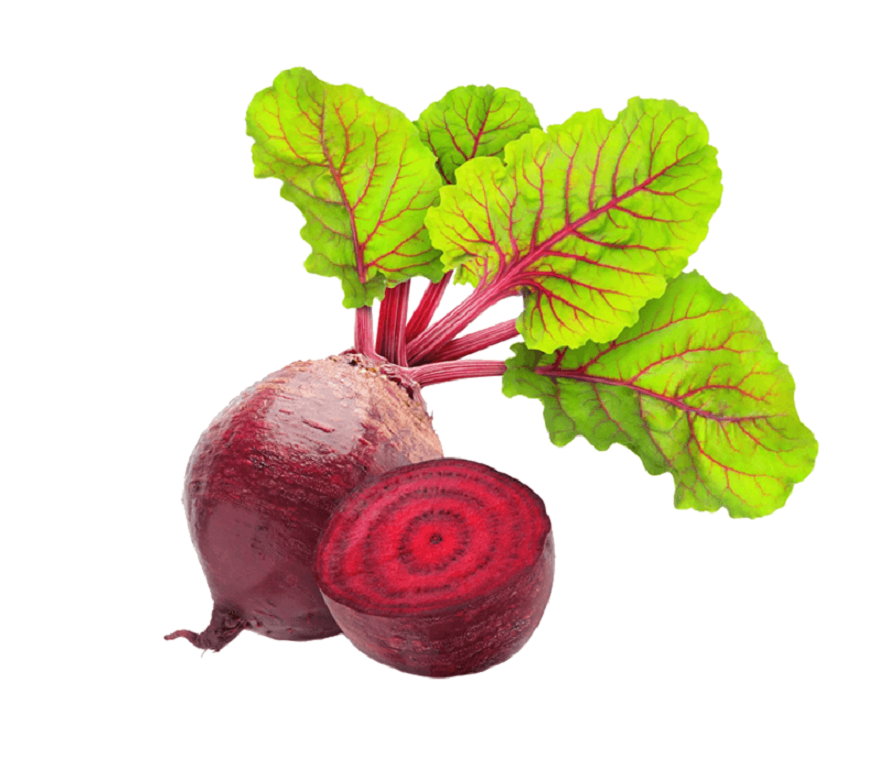
Beets are rich in nutrients, low in calories, and a great source of hunger-controlling fiber, making them a great addition to any salad.
What’s more, they’re high in dietary nitrates, which are compounds that help your body produce nitric oxide, one of the most important molecules for blood vessel health.
Studies have shown that dietary nitrates from beets and other nitrate-rich vegetables, such as spinach and arugula, can increase running performance and delay running fatigue (2Trusted Source, 3Trusted Source).
Using mixed salad greens as your base, add one peeled and cubed cooked beet and top with goat cheese crumbles.
Finish the salad off with a drizzle of balsamic vinegar and add salt and pepper to taste. If you’re looking for a more substantial post-running snack, add chickpeas, a hard-boiled egg, or a bit of salmon for an extra protein boost.
2. Watermelon

A favorite summer picnic fruit, watermelon has few calories and is a good source of two powerful plant compounds — citrulline and lycopene.
Similar to dietary nitrates, citrulline helps your body produce nitric oxide and may delay exercise fatigue and relieve muscle soreness (4Trusted Source, 5Trusted Source, 6Trusted Source).
Containing 91% water by weight, watermelon can also help you rehydrate after your run (7).
You can enjoy watermelon by itself or add it to other dishes like salads for a more filling dish.
Combine cherry tomatoes, sliced red onions, baby arugula, and feta cheese with cubed watermelon for a nutrient-packed, post-run snack. If desired, dress the salad with olive oil and lime juice.
3. Hummus and raw vegetables
Hummus is a spread made primarily from mashed garbanzo beans, also known as chickpeas, as well as a few other ingredients, such as olive oil, garlic, lemon juice, and salt.
It’s a good source of plant-based protein, providing nearly 8 grams per 3.5-ounce (100-gram) serving (8).
Instead of using chips to dip in hummus, opt for low-calorie, nutrient-rich vegetables like carrots, bell peppers, celery, radishes, and cauliflower.
4. Veggie omelet
Loaded with vitamins, minerals, healthy fats, and high-quality protein, eggs are one of nature’s nutritional powerhouses.
Studies show that an egg-containing breakfast can enhance weight loss when combined with a low-calorie diet. This makes an omelet the perfect breakfast choice for early morning runners (9Trusted Source, 10Trusted Source, 11Trusted Source).
Stir in fresh spinach, chopped tomatoes, shredded cheese, onions, and mushrooms for a tasty, nutrient-packed breakfast.
5. Apple or banana with peanut butter
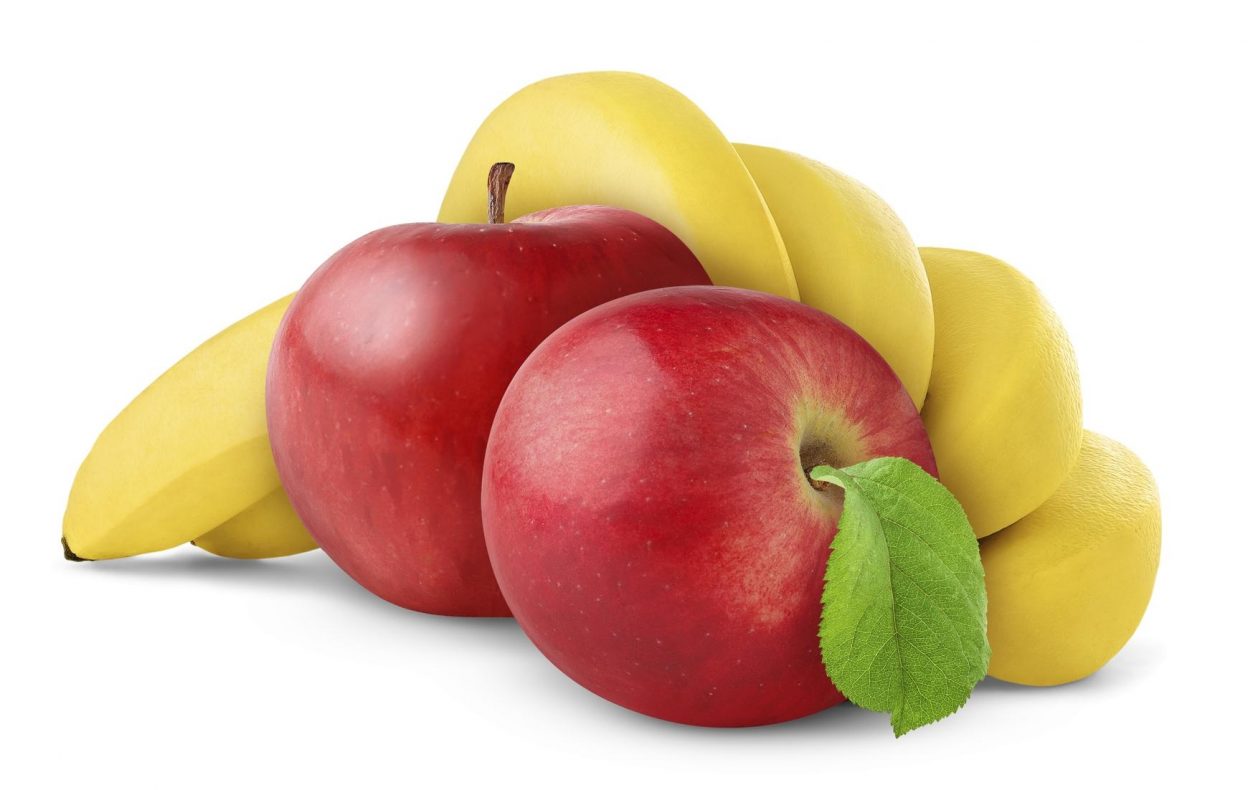
Apples and bananas pair well with nut butters like peanut butter.
The natural carbs from the fruit and the fat from the peanut butter work synergistically to not only help you recover from your run but also control your hunger throughout the day (12).
Because peanut butter is rich in calories, stick to a 2-tablespoon serving, or about the size of a ping pong ball.
Summary
Opt for low-calorie, nutrient-rich foods after your run to aid your weight loss goals. These include hummus, a veggie omelet, and beet or watermelon salad.
6–10. For Building Muscle
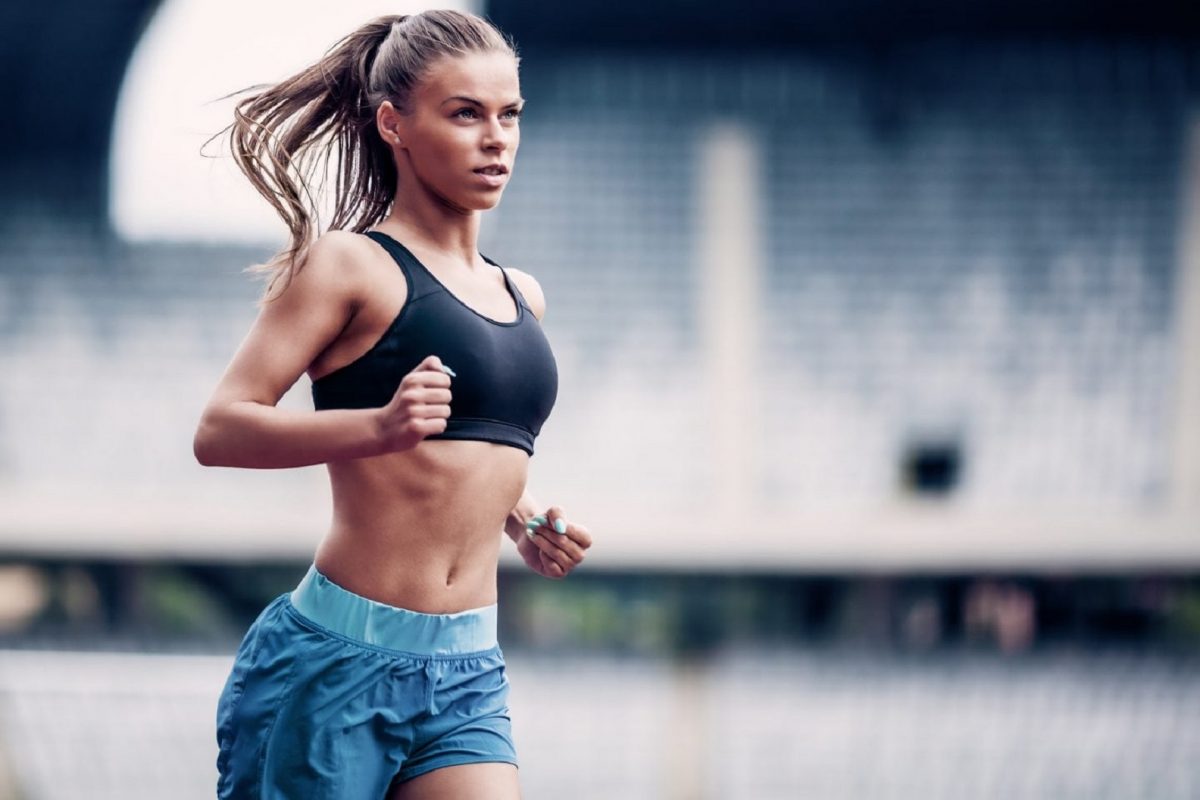
Running — when combined with weightlifting — is a great way to help you burn extra calories, maintain a healthy heart, and build muscle.
Here are 5 of the best foods to eat after running when your goal is muscle gain.
6. Chocolate milk
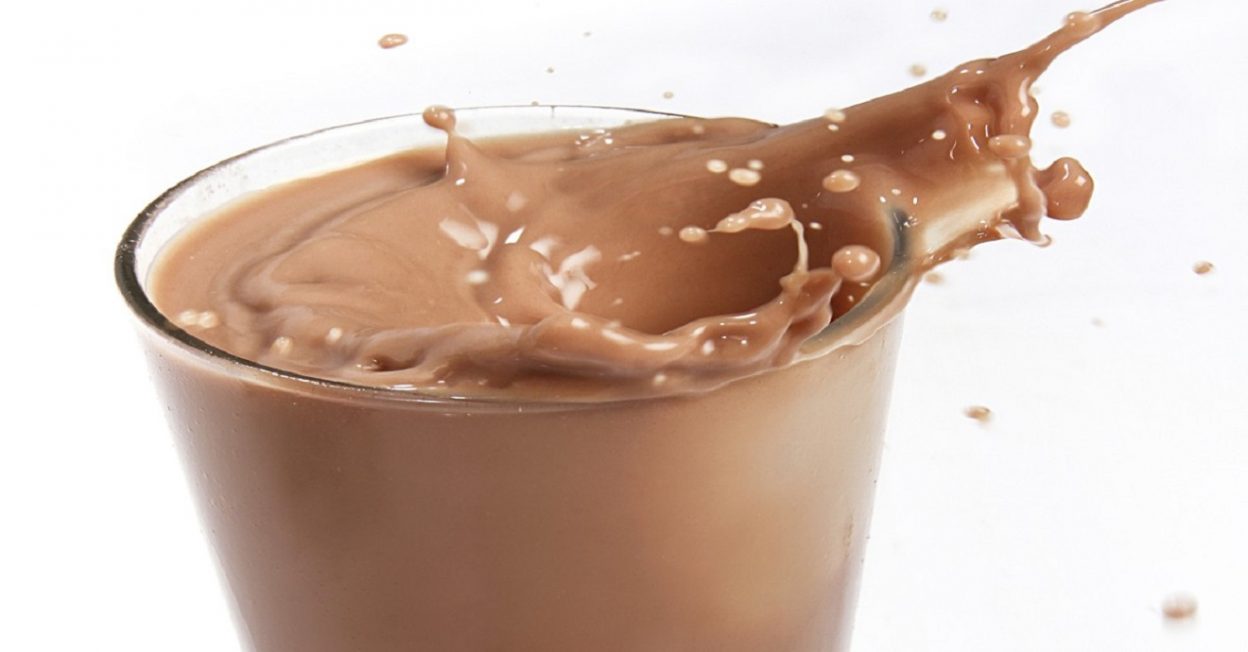
Chocolate milk happens to be a perfect post-run drink.
It’s loaded with high-quality protein and fast-digesting carbs for muscle recovery and energy refueling.
Similarly to many commercial exercise-recovery drinks, low-fat chocolate milk has a 4:1 carb-to-protein ratio (13Trusted Source).
One 5-week study in adolescents found that chocolate milk resulted in a 12.3% strength increase in bench press and squat exercises, compared with a carbohydrate drink (14Trusted Source).
Moreover, a review of 12 studies found that chocolate milk provides either similar or superior exercise-recovery benefits, compared with other popular recovery drinks (15Trusted Source).
7. Whey protein shake
Protein shakes have been around for decades and are the go-to choice for many people looking to build muscle.
Though there are several types of protein powder, whey protein is one of the best choices for muscle building after a run (16Trusted Source, 17Trusted Source, 18Trusted Source).
Your body digests and absorbs this milk-based protein quickly.
Compared with other types of protein powder, such as casein or soy, whey protein packs more of the nine essential amino acids your body needs to jumpstart the muscle-building process (19Trusted Source).
In a blender, mix 1–2 scoops of whey protein with water until smooth. If you want to bump up the calorie and protein content, use milk instead of water. Add some frozen fruit or nut butter for extra nutrition and flavor.
Whey protein powder is widely available in supermarkets, specialty stores, and online.
8. Grilled chicken with roasted vegetables
Chicken is a high-quality, lean protein.
A 4-ounce (112-gram) chicken breast packs 27 grams of protein, which is more than enough to start the muscle-rebuilding process after running (20).
However, this poultry can be rather bland by itself, so have a side of roasted vegetables with your grilled chicken.
Cauliflower, Brussels sprouts, broccoli, mushrooms, zucchini, and asparagus are prime candidates. Add olive oil, garlic, and salt and pepper to taste for extra flavor.
9. Cottage cheese and fruit
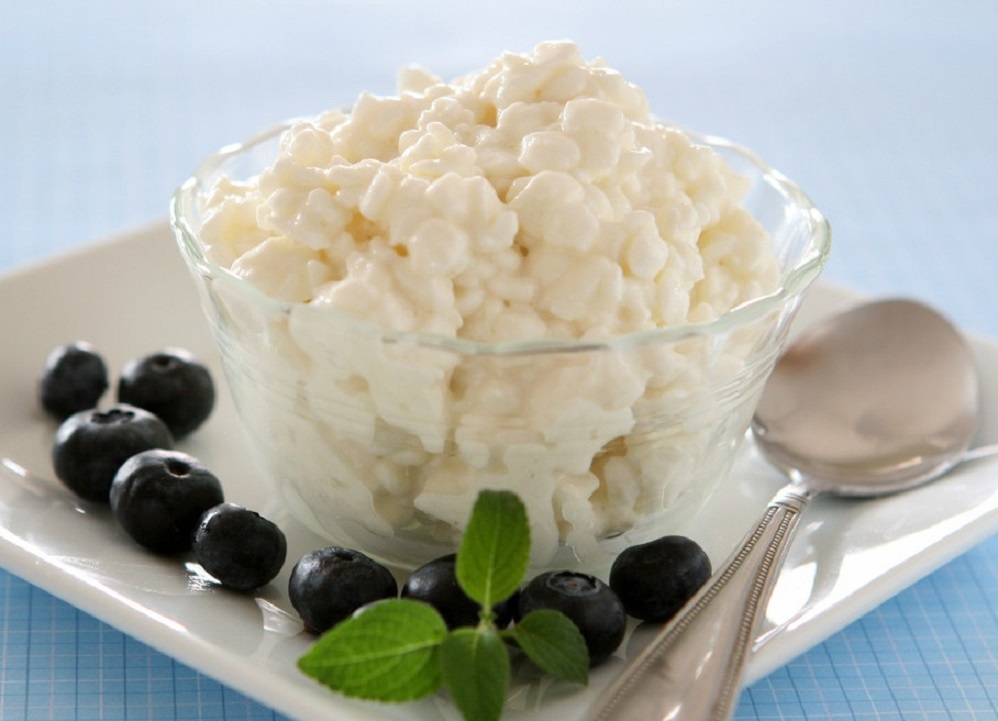
Cottage cheese is an excellent source of protein and calcium.
One cup (226 grams) of low-fat cottage cheese provides 28 grams of protein and 16% of the Daily Value (DV) for calcium (21).
Cottage cheese is also high in sodium, an electrolyte lost in sweat during exercise (22Trusted Source).
Top cottage cheese with fresh berries, peach slices, or melon chunks or balls for additional antioxidants, vitamins, and minerals.
10. Pea protein powder
If you have dietary restrictions or follow a plant-based diet, pea protein powder is an excellent alternative to milk-based powders.
Supplementing with pea protein powder offers a convenient way to increase your protein intake.
While research on the effects of pea protein on muscle repair and recovery in endurance athletes is lacking, it has been shown to increase muscle protein synthesis — the process of building muscle — to a similar extent as whey protein (23Trusted Source)
In an 8-week study in 15 people undergoing high-intensity training 4 times per week, consuming pea protein before or after exercise produced outcomes similar to those of whey protein in regards to muscle thickness and strength (24Trusted Source).
To reap the benefits of pea protein, blend 1–2 scoops of the powder with water, milk, or a plant-based milk alternative until smooth.
If you want to try pea protein powder, you can find it locally or online.
Summary
Seek high-quality protein sources like protein shakes or chicken and veggies to promote muscle repair and growth after running.
11–15. For Marathons

In addition to a pre- and intra-race fueling strategy, you should have a post-race strategy when participating in a marathon.
The purpose of a post-race meal is to replace the nutrients you lost during the marathon and provide the necessary building blocks for muscle recovery.
Specifically, your post-run meal should contain adequate protein, as well as plenty of carbs to replenish your glycogen levels, which are your body’s storage form of carbs (25Trusted Source, 26Trusted Source, 27Trusted Source).
Plus, you’ll want to include salt to replace the sodium lost in sweat. Sodium-rich foods also increase fluid retention when combined with water to restore hydration post-exercise (28Trusted Source).
Here are 5 of the best meals to eat after running a marathon.
11. Burrito bowl
A burrito bowl has everything you would typically get in a burrito — just put in a bowl.
While they can contain as much or as little food as you would like, they should have plenty of carbs and protein to kick-start the recovery process and replenish your energy stores.
Use brown or white rice along with black or pinto beans as the base for your burrito bowl. Next, top it with a lean protein source, such as beef or chicken. You can then pile on vegetables of your choosing and top it off with sour cream, cheese, and salsa.
12. Penne with chicken and broccoli
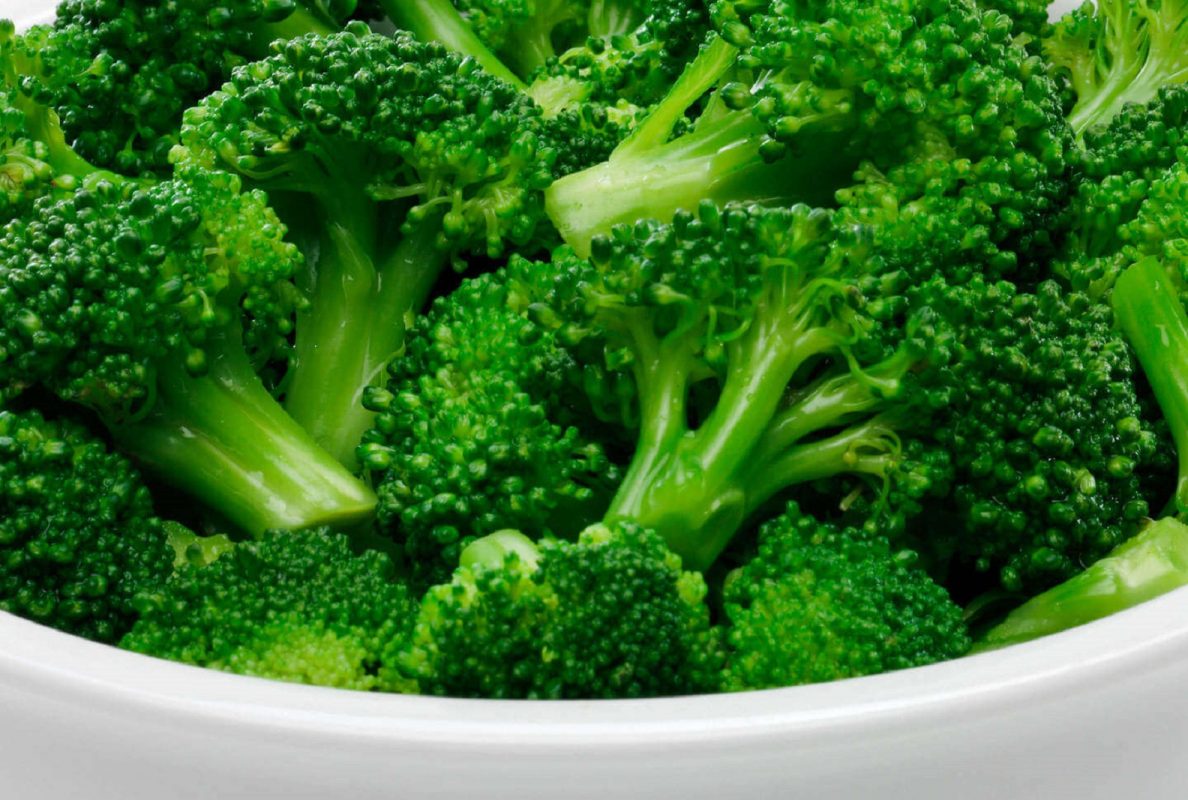
Penne with chicken and broccoli is packed with healthy carbs and high-quality protein — perfect for after a marathon.
Cook the penne according to package directions, adding broccoli during the last two minutes of cooking.
While the pasta is boiling, heat olive oil in a skillet over medium heat, cook the chicken, and then slice it.
Finally, combine the pasta and broccoli with the chicken and some garlic in a large bowl and sprinkle everything with parmesan cheese if desired.
13. Salmon with rice and asparagus
Salmon is not only a great source of protein but also rich in heart-healthy omega-3 fatty acids.
Due to their anti-inflammatory properties, omega-3 fatty acids have been studied for their role in reducing the risk of heart disease, mental decline, and certain cancers, including breast and colorectal cancers (29Trusted Source, 30Trusted Source, 31Trusted Source, 32).
What’s more, they have been linked to exercise recovery, making salmon the perfect post-marathon protein source (33Trusted Source, 34Trusted Source, 35Trusted Source).
Pair salmon with a few cups of rice and spears of asparagus for a complete, post-marathon recovery meal.
14. Loaded oatmeal bowl
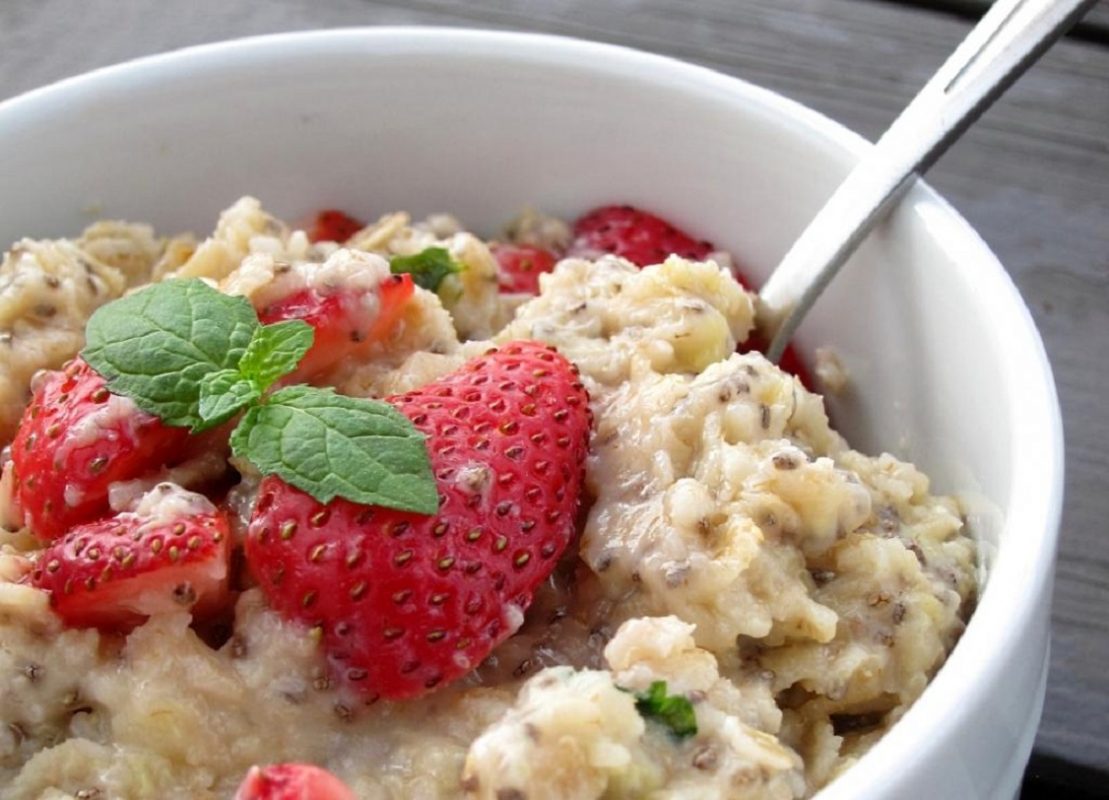
Oatmeal is a high-quality carb source and rich in beta-glucan, a type of soluble fiber that has been linked to several health benefits, such as improved immune function and a reduced risk of heart disease (36Trusted Source, 37Trusted Source, 38Trusted Source, 39Trusted Source).
Though it’s typically enjoyed for breakfast, it’s also an ideal choice for after a marathon, particularly when loaded with other ingredients for extra protein and calories.
Cook the oatmeal in milk and top it with sliced strawberries, bananas, or chia seeds. Nuts, such as walnuts or almonds, make great additions as well. Add honey, sprinkle on some coconut, or add dark chocolate chips for additional calories and taste.
15. Greek yogurt with fruit and granola
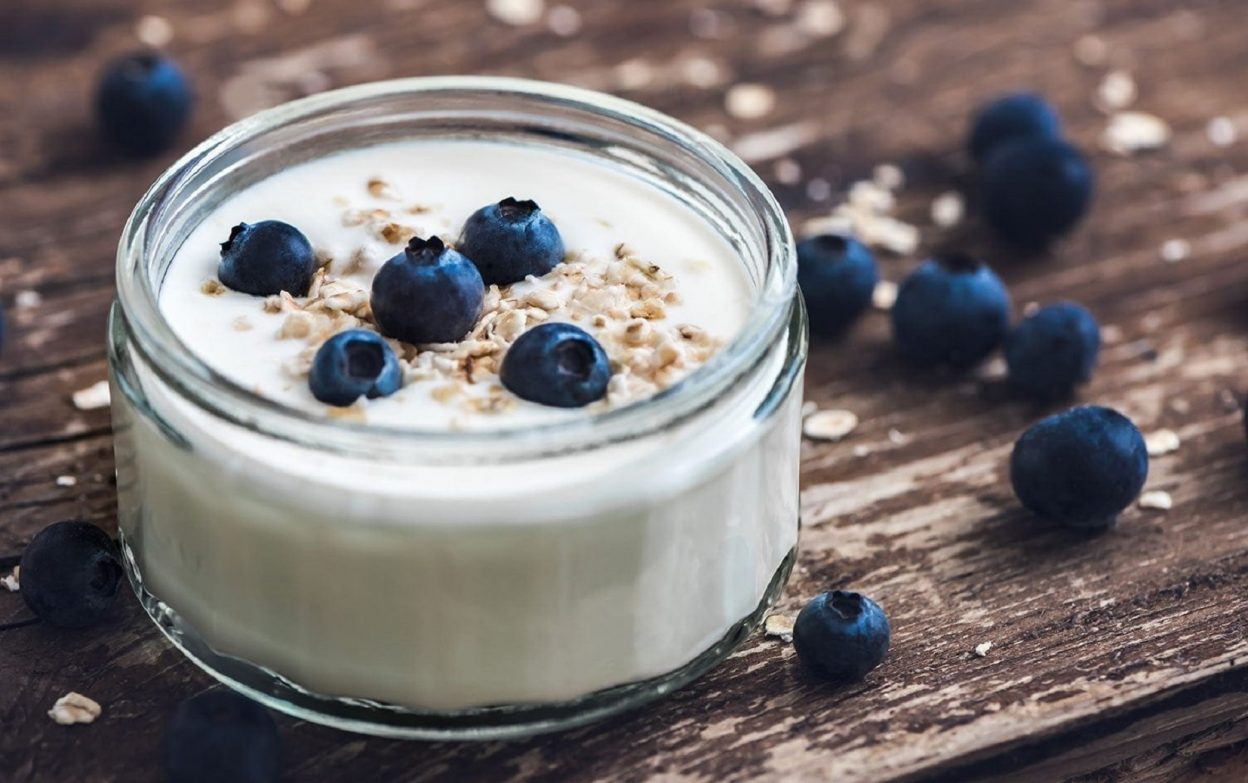
Greek yogurt is much higher in protein than regular yogurt.
One 2/3-cup (150-gram) serving of Greek yogurt packs 15 grams of protein, compared with 5 grams for the same amount of regular yogurt (40, 41).
Fruit and granola add extra carbs, vitamins, and minerals to speed up your post-marathon recovery.
Summary
Choose high-carb, high-protein meals after your marathon or long-distance run to aid muscle recovery and replenish your energy stores.
The Bottom Line
Running is an exercise many people enjoy to stay healthy.
While much attention is focused on what to eat before you hit the trail or treadmill, don’t forget to fuel afterward to jumpstart the recovery process.
Eating nutrient-dense, low-calorie foods can aid weight loss after running, while opting for high-quality protein can benefit muscle building.
If you have just completed a marathon or long-distance run, prioritize high-carb, high-protein meals for muscle recovery and refueling.
Reposted with permission from our media associate Healthline.

Originally Published: www.ecowatch.com


















